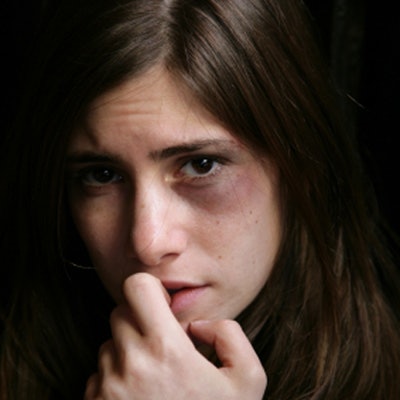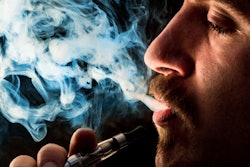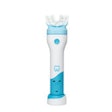
Dental injuries or diseases can sometimes be red flags for human trafficking, which is why dentists should know which patients are at risk and how to intervene, according to a webinar hosted by the ADA on February 23.
During the webinar, Dr. Merle Carter, vice chair of emergency medicine for Einstein Healthcare Network, provided an overview of human trafficking, who is most at risk for it, and which signs dentists should look out for in the exam room.
"Patients have terrible access to medical care, they have even worse access to dental care, terrible access to dental hygiene products, and some of the work that they do puts their oral health at grave risk," she said.
Red flags
If a patient comes in without personal identification or documents, or is accompanied by a controlling person, that might be a red flag. Additionally, if the person accompanying the patient seems more concerned about how the patient looks than the patient does, Carter said that could be a warning that the patient might be a victim of human trafficking.
"Traffickers are often very interested in making sure that their victims still are sellable, and so they have a vested interest in making sure that their dental work or their facial features and all those kinds of things still represent a good product," Carter said.
Dentists should also be on the lookout for intraoral infections, like gonorrheal pharyngitis, Carter noted.
"Often, the victims in the sex trafficking arena will have intraoral infections, maybe gonorrhea. It may be chlamydia" Carter said.
Dentists should ask patients about sore throats and examine the back of their throat for any possible symptoms.
Other less common red flags Carter mentioned included tertiary syphilis on the lips or teeth, a frenulum injury, or traumatic ulcers and hematomas of the lips.
"Some of the things on here are just not common," Carter said. "And traffic victims are very high risk for developing some of these things over and over again."
Even branding can occur in the mouth, which Carter illustrated with an image of branding that had occurred on the inner bottom lip of a woman. Patients often will say that they are not sure how the branding or other injuries happened, Carter said.
"Obviously, she got branded on the lip, but sometimes they will tell you, 'I just got punched in the face,' or 'I'm not sure,'" Carter said. "It's very difficult, as you know, to have a frenulum injury."
Intervening on behalf of the patient
If a dentist suspects a patient of being a victim of trafficking, it is important to speak to the patient privately, Carter noted. If the patient is not alone, find a way to ensure privacy. One of Carter's strategies is to order a fake exam, such as an x-ray, to separate the patient from the individual who accompanied them.
There are questions that dentists can ask to learn if the patient has control over his or her own life, money, wages, or the ability to move freely. Some questions that dentists may ask include the following:
- Is your mobility and movement restricted at all?
- Are you threatened or intimidated?
- Has anyone ever taken your identification paperwork?
- Do you have access to the money you make?
Some patients may not speak English and language services may be needed, Carter noted.
"Some patients that you will see may not speak English, and so it's important to have strategies in place in your clinical environments where interpreters are available or interpreter services either through a phone or some other electronic means," Carter said.
Further resources for dentists
Dentists can seek out additional training through the Office for Victims of Crime, which has online courses. Carter also encouraged dentists to jot down the phone number to the National Human Trafficking Hotline (1-888-373-7888).
"Our victims are actually coming into contact with people that can help them every day," Carter said. "And health services, including medical [and] dental, are in the top three of those points of access for help. We really do owe it to our communities ... to have an increased awareness of what this is, how to identify it, and then what to do with it afterwards."



















